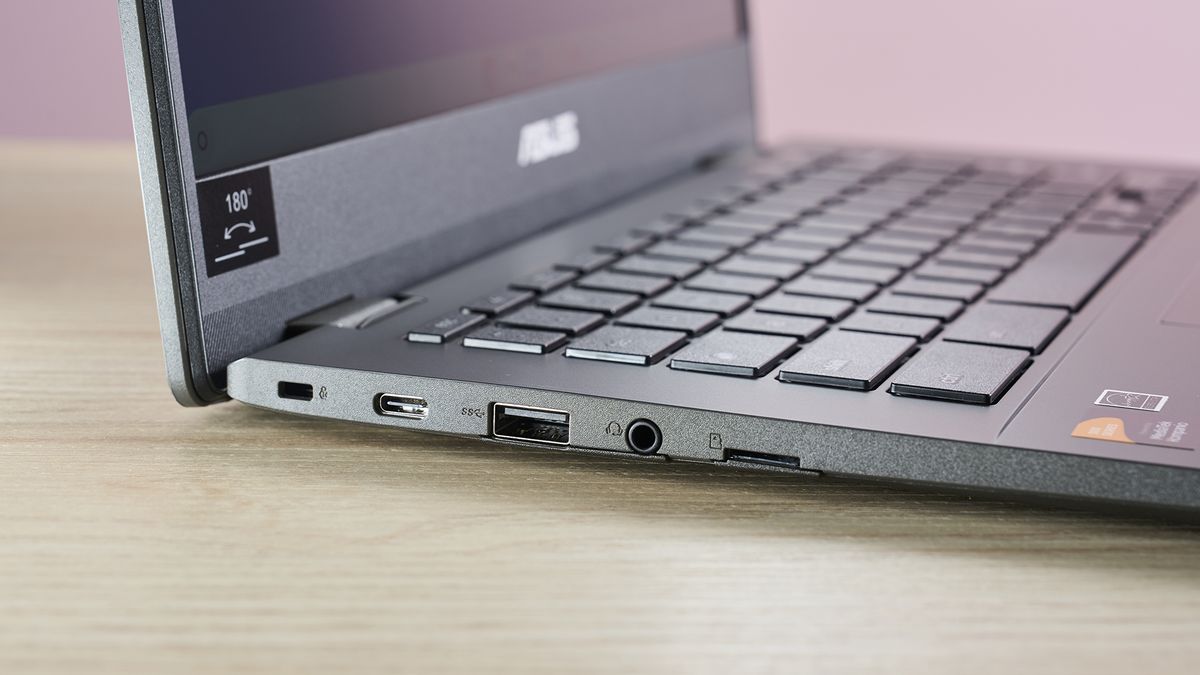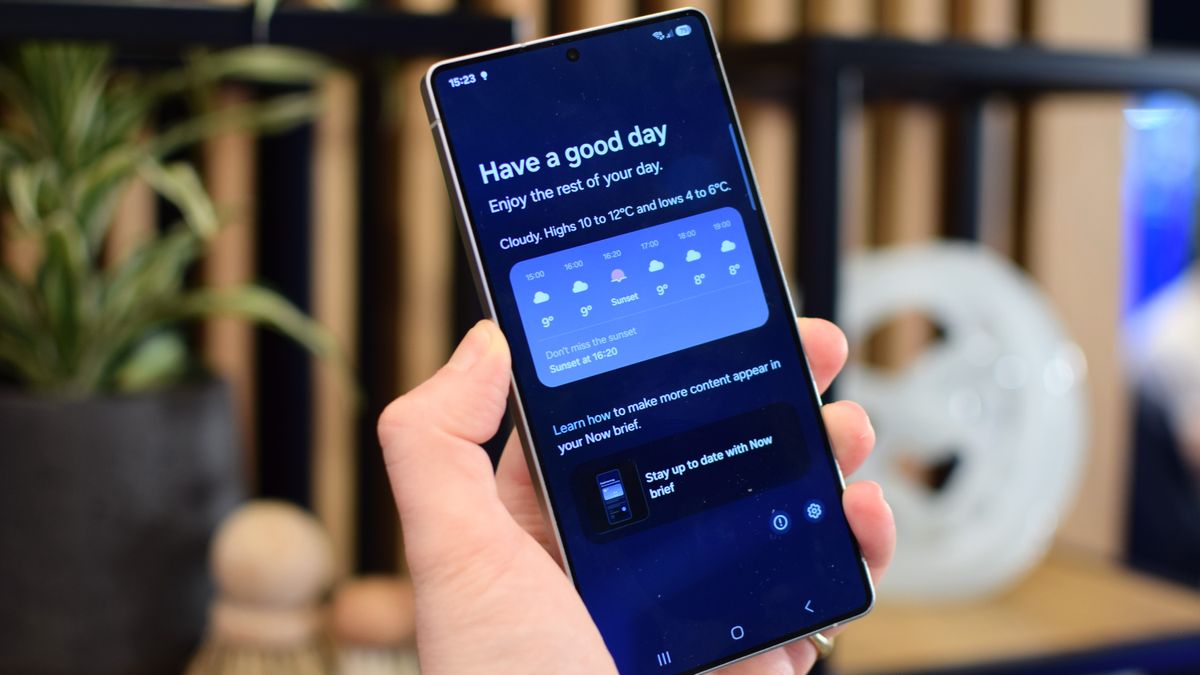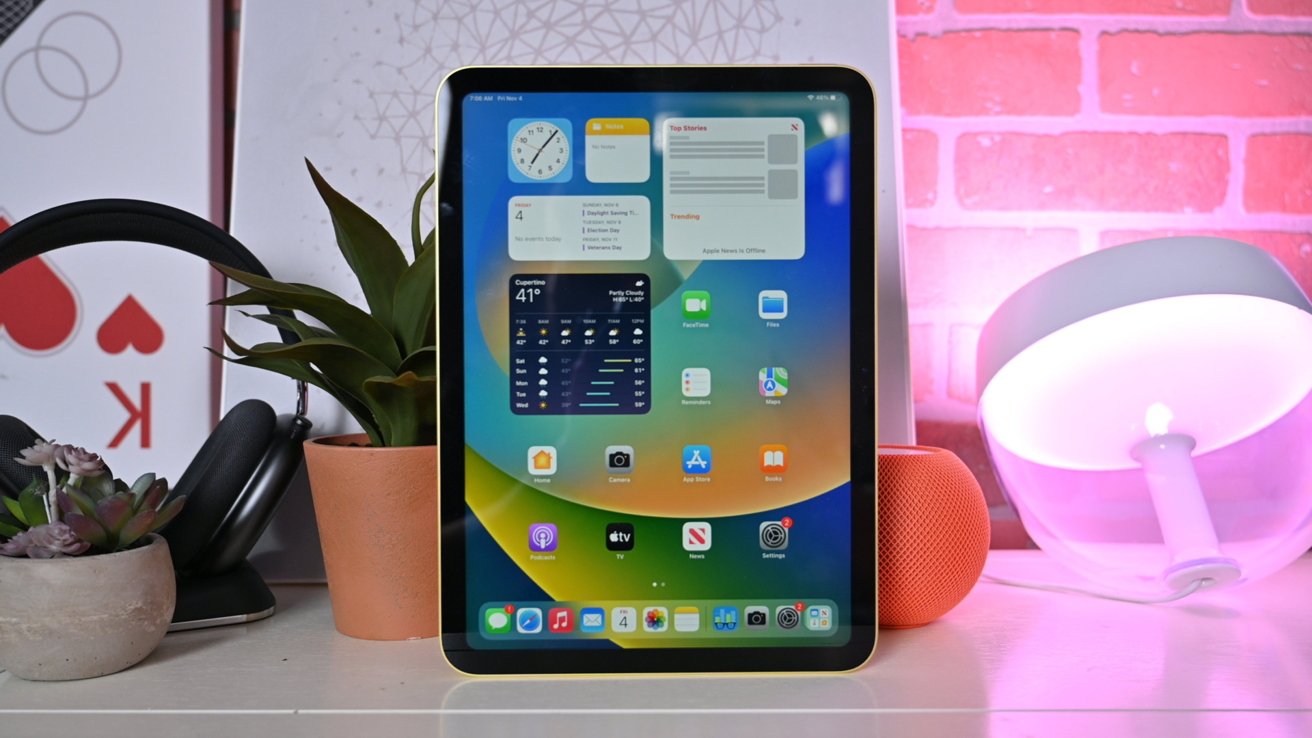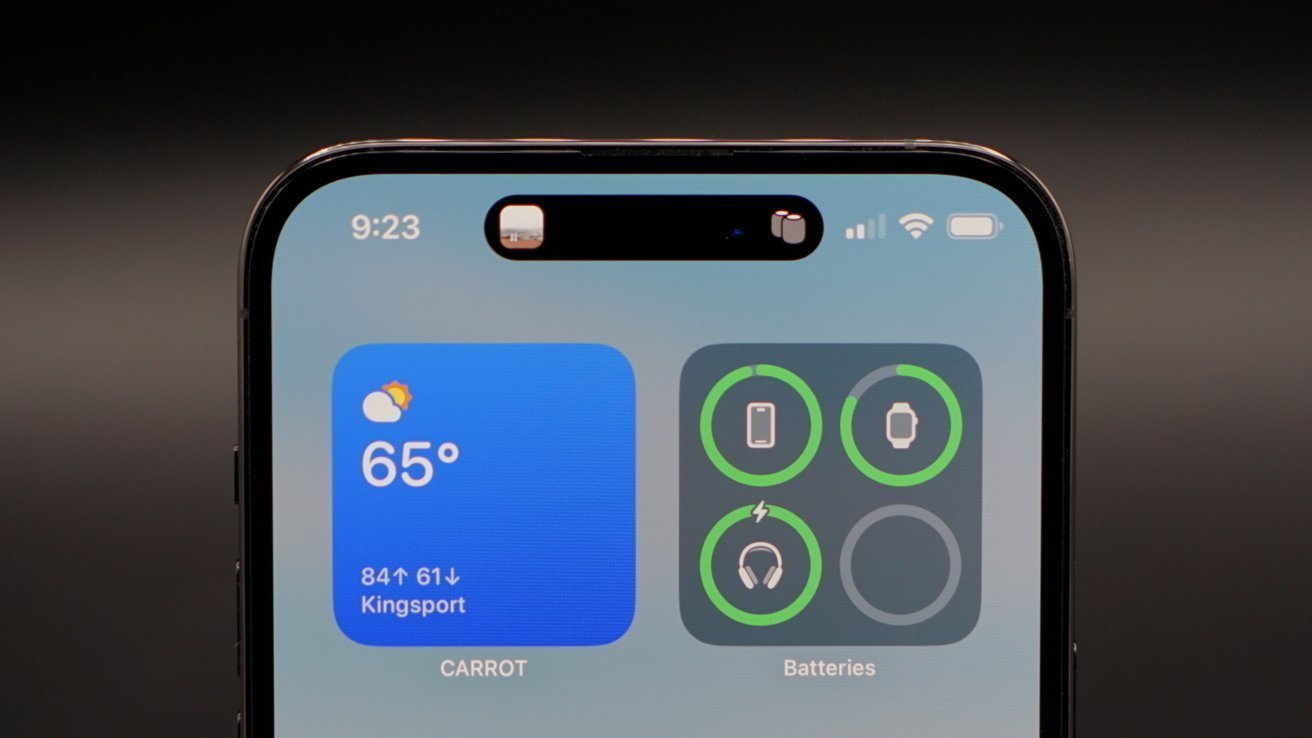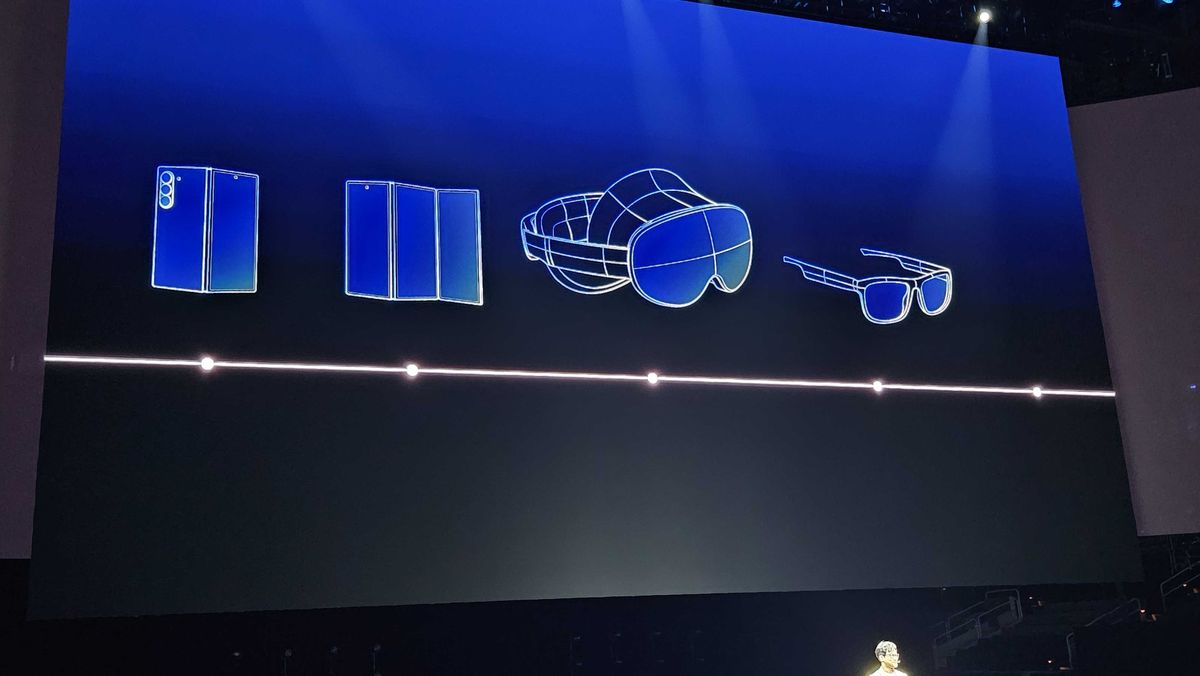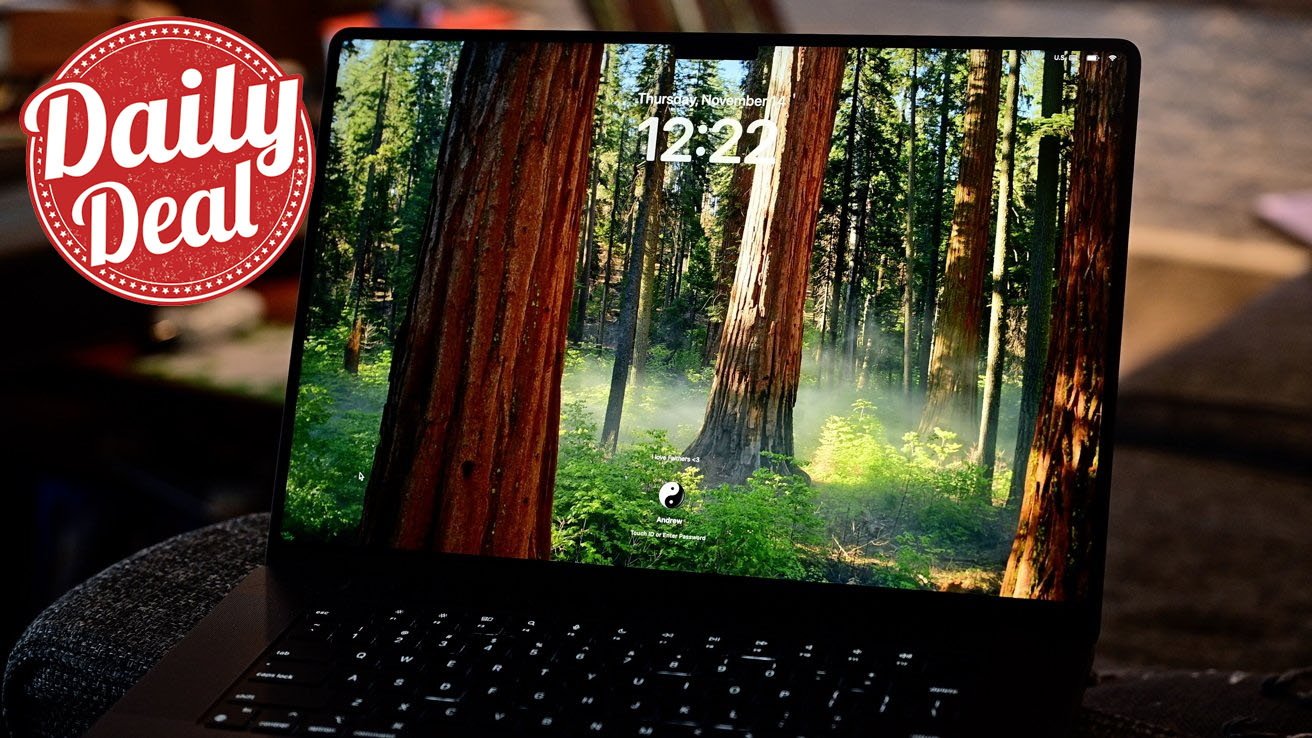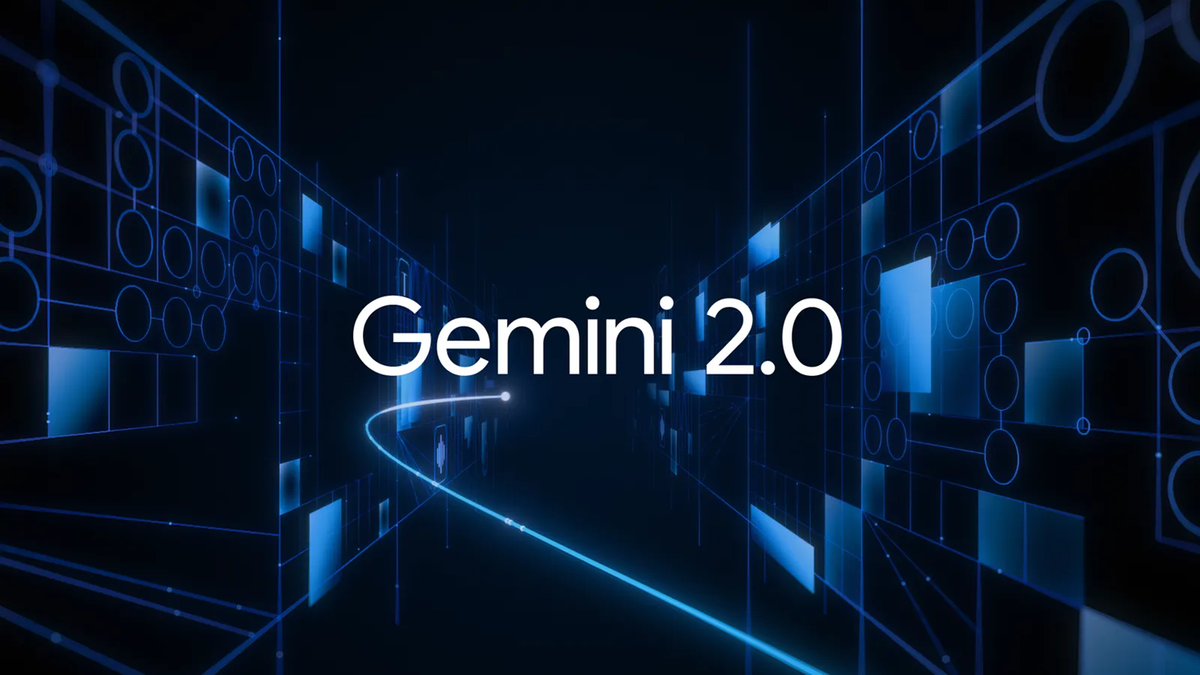Are you an educator or student? Google's new features for Chromebooks and more will make your life way easier
Share:
Google is doing it again. When you purchase through links on our site, we may earn an affiliate commission. Here’s how it works. Google has announced several brand new features for the best Chromebooks, Google Workspace, and Google Classroom in a series of official blog posts.
![[Google Chromebook, Workspace, and Classroom tools]](https://vanilla.futurecdn.net/cyclingnews/media/img/missing-image.svg)
First of all, there are Class Tools: real-time features that educators can use with their students, such as sending and pinning educational content to students’ screens, or turning on live captions and translations. Google Classroom has several new features, including the ability to generate vocabulary lists through Gemini in Classroom, allowing educators to create customized word lists with definitions, parts of speech, and examples tailored to various grade levels.
![[Allisa James]](https://vanilla.futurecdn.net/cyclingnews/media/img/missing-image.svg)
Figma’s FigJam lets educators assign group whiteboards for group work, discussions, and brainstorming ideas. Educators can also create distinct student groups based on their needs and assign grades at scale, as well as keep students’ guardians informed with weekly newsletters and share Classroom page links to keep them up to date with assignments.
![[Chrome icon on Android]](https://vanilla.futurecdn.net/cyclingnews/media/img/missing-image.svg)
Another tool, somewhat related to education but also applicable more widely, is Face Control on Chromebooks, which is finally being released. First revealed back in 2023, it’s an incredibly useful accessibility tool that allows users to control their cursor with head movements and perform actions with facial gestures. It’s now rolling out with the ChromeOS M132 update.

There will also be a whopping 20 new Chromebook and Chromebook Plus devices launching in 2025 for students and educators. These include the Acer Chromebook Spin 511 and Lenovo Chromebook Duet EDU G2, which will come with styluses and are built with a younger audience in mind, while the Asus CR1204CTA, and HP Fortis G1i 14 Chromebook are meant for older students. There’s also the Lenovo Chromebook Plus 2-in-1 for educators.
![[A tease of Samsung's product roadmap]](https://vanilla.futurecdn.net/cyclingnews/media/img/missing-image.svg)
